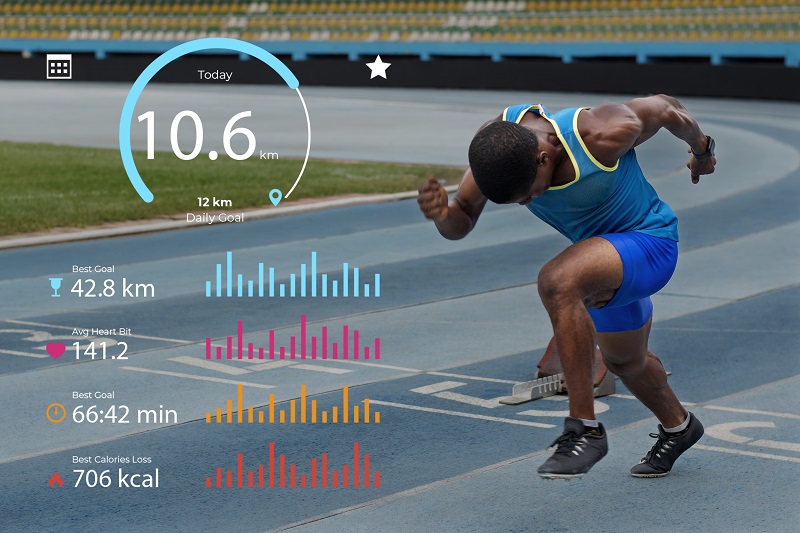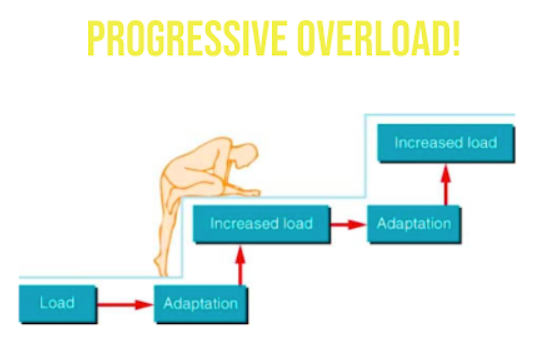
How Data Is Changing the Way We Train Athletes
Introduction: From Guesswork to Precision
Not long ago, training was driven mostly by intuition — coaches relied on observation, “feel,” and experience. Today, data has become the new coach’s compass. From smart wearables and GPS trackers to velocity sensors and heart rate variability monitors, the integration of sports data analytics is reshaping how athletes train, recover, and perform. At NASC, we call this evolution “coaching by evidence.” It’s no longer about doing more — it’s about doing what truly works, measured in real time.
1. What Data Really Means in Sports Performance
When we talk about “data,” we don’t mean spreadsheets of random numbers. In performance science, data = feedback. Every rep, sprint, jump, and recovery cycle creates measurable information about an athlete’s body and response.
Examples include:
-
External Load: Weight lifted, distance covered, velocity, power output.
-
Internal Load: Heart rate, HRV, perceived exertion, hormonal responses.
-
Performance Outcomes: Speed, agility, endurance, fatigue index.
The key is using these metrics to make smarter, faster, and safer coaching decisions.
“Data doesn’t replace the coach. It enhances the coach’s vision.”
— NASC Research Principle
2. From Intuition to Insight: The Modern Training Shift
Traditional coaching relied heavily on observation and “feel.” While experience still matters, objective data removes bias and shows the truth behind performance trends. Now, coaches can detect patterns invisible to the naked eye — such as early fatigue, power loss, or inconsistent effort.
For example:
-
A bar velocity drop of 10% during training can signal neuromuscular fatigue.
-
A steady HRV decline over three days can indicate overtraining risk.
-
GPS data can reveal if a footballer’s sprint output is decreasing before match day.
With this level of insight, coaches can individualise training daily — adjusting volume, load, or recovery in real time.
3. The Tools Powering Data-Driven Training
Modern strength and conditioning relies on a suite of technologies to collect, analyse, and visualise data:
| Tool / Device | Purpose | Application Example |
|---|---|---|
| Force Plate | Measures ground reaction force and jump metrics | Track power & fatigue trends |
| Velocity-Based Training (VBT) Sensors | Monitors bar speed & power | Adjust load automatically |
| Heart Rate & HRV Trackers | Assesses internal load & recovery readiness | Manage fatigue & sleep |
| GPS & Accelerometers | Tracks speed, distance, and workload | Used in field/team sports |
| Wellness & RPE Apps | Captures athlete feedback | Integrate subjective + objective data |
The fusion of these systems turns raw data into actionable insight.
4. The Rise of “Adaptive Programming”
Gone are the days of fixed 12-week templates. Coaches now use adaptive programming — dynamic adjustments based on ongoing data feedback. If an athlete shows signs of overreaching, training load is reduced. If velocity improves, intensity can be increased to maintain stimulus.
This creates what NASC calls a closed feedback loop:
Train → Measure → Adjust → Improve → Repeat
Such responsiveness keeps athletes in the optimal adaptation zone — pushing enough to improve, but not enough to break.
5. Data Beyond the Gym: Recovery, Nutrition & Psychology
Performance isn’t just about lifting or sprinting — it’s the sum of training + recovery + mindset. Modern systems integrate multiple data layers:
-
Sleep monitoring (duration, quality, REM cycles)
-
Nutrient tracking (macro intake vs. energy expenditure)
-
Mood and stress data (psychological readiness)
These insights help coaches and athletes identify non-physical factors limiting performance.
Example: an athlete’s poor training session may be traced to sleep deficit or under-fueling — not lack of motivation.
6. Challenges: More Data Isn’t Always Better
The explosion of technology also brings risk: data overload. Without proper interpretation, coaches drown in numbers instead of finding clarity. That’s why data must be contextualised — filtered through scientific knowledge and coaching experience.
At NASC, we teach that:
“Data is only as valuable as the questions you ask.”
Collecting metrics is easy. Turning them into meaningful decisions is what separates elite programs from average ones.
7. The NASC Standard: Bridging Science and Practice
NASC-certified coaches are trained to use data as a decision-making tool, not a distraction. Our curriculum integrates modules on:
-
Performance Data Interpretation
-
Load Management & Injury Prevention
-
Technology Integration for Strength Coaches
-
Ethics of Data Collection & Athlete Privacy
Through this, NASC ensures Malaysia’s next generation of coaches can combine human coaching intuition with technological precision.
This is sports science in action.
Conclusion: The Future Is Quantified, but Still Human
Data is revolutionising performance training — but technology alone doesn’t build athletes. It’s the coach’s ability to interpret, adapt, and apply that makes data powerful. The best systems combine science, technology, and human understanding. In the end, numbers tell the story — but great coaches know how to read between the lines.
That’s the NASC way: Evidence-based, athlete-centered, and relentlessly evolving.
References
-
Halson, S. L. (2014). Monitoring training load to understand fatigue in athletes. Sports Medicine.
-
Bourdon, P. C. et al. (2017). Monitoring athlete training loads: Consensus statement. International Journal of Sports Physiology and Performance.
-
Jovanović, M., & Flanagan, E. P. (2014). Researched applications of velocity-based training. Strength & Conditioning Journal.
-
Jeffreys, I. (2016). Strength and Conditioning for Sports Performance. Routledge.



